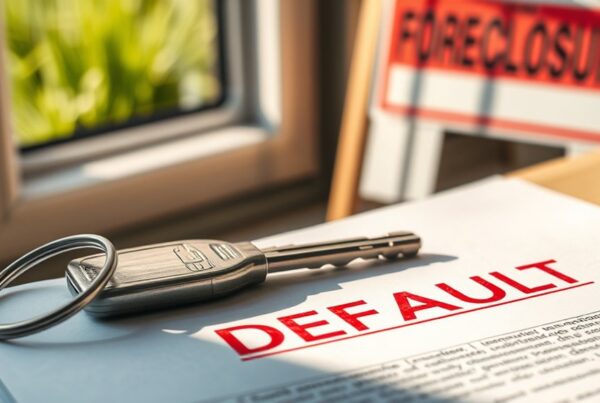You can use a Self Directed IRA to invest in real estate, opening doors to rental properties, commercial real estate, or raw land for tax-deferred growth. Title the property in your IRA’s name and guarantee all income and expenses flow through it. Avoid personal use or prohibited transactions, and fund all costs directly from your IRA. Strategic planning is key to managing liquidity and compliance. Keep exploring to uncover deeper insights into maximizing this investment strategy.
Key Takeaways
- Self Directed Ira Investing in Real Estate includes rental properties, commercial real estate, and raw land.
- Property must be titled in the IRA’s name, and personal use is strictly prohibited.
- All income and expenses must flow through the IRA, maintaining tax-deferred or tax-free status.
- Prohibited transactions with disqualified persons can result in penalties and jeopardize IRA status.
- Funding strategies should ensure sufficient IRA liquidity for property-related costs and compliance.
Understanding Self Directed Ira Investing in Real Estate
While traditional IRAs limit you to stocks and bonds, a Self-Directed IRA (SDIRA) opens the door to a broader range of investment opportunities, including real estate. With an SDIRA, you gain full control over your retirement funds, allowing you to diversify into assets like rental properties, commercial real estate, or raw land. However, all investments must strictly serve investment purposes; personal use of the property is prohibited, and all income, such as rental income, and expenses must flow through the IRA. The title of any property must reflect IRA ownership, typically as “Custodian FBO [Your Name] IRA,” ensuring compliance with IRS rules. You’ll need IRA custodians to handle transactions and administration, as they’re essential for maintaining regulatory compliance. Be mindful of disqualified persons—including family members and fiduciaries—as engaging in transactions with them can lead to severe penalties. An SDIRA offers tax advantages, like tax-deferred growth in a Traditional IRA or tax-free growth in a Roth IRA, making it a powerful tool for savvy real estate investing.
Steps to Purchase Real Estate With a Self-Directed IRA
Purchasing real estate with a Self-Directed IRA involves a clear, step-by-step process that affirms compliance with IRS rules while maximizing your investment potential. First, identify investment properties and execute a purchase contract in the name of your IRA, ensuring it’s titled as “Custodian FBO [Your Name] IRA.” Next, submit the Buy Direction Letter and purchase contract to your IRA provider, who wires the earnest money deposit to the title company. Prepare required documents like the Warranty Deed, Title Insurance Commitment, and Closing Statement for escrow. Once inspections and appraisals are complete, your IRA provider funds the remaining balance, transferring ownership to your IRA. Remember, all property expenses—maintenance, taxes, and repairs—must be paid using IRA funds, and rental income must flow back into the IRA. Staying within IRS regulations affirms your investment remains tax-advantaged and compliant.
Financial Considerations and Funding Strategies

Funding real estate through a Self-Directed IRA demands careful financial planning to ascertain compliance and optimize returns. As a real estate investor, you’ll need sufficient cash in your IRA to cover property-related expenses, including maintenance, taxes, and repairs—all of which the IRA must pay. Acquiring alternative investments like real estate often involves significant upfront costs, such as purchase prices, closing fees, and upgrades. If you use a non-recourse loan, remember that leveraged investments may trigger Unrelated Debt-Financed Income Tax on profits. Strategize your funding strategies to ascertain your IRA maintains liquidity for ongoing expenses while maximizing tax advantages. Since all rental income must flow back into the IRA, meticulous financial planning ascertains you avoid penalties and sustain long-term growth. Leverage the unique benefits of a Self-Directed IRA to diversify your portfolio while adhering to strict financial guidelines. Consider home equity loans or cash-out refinancing to fund your IRA if you lack sufficient liquidity.
Key Rules and Regulations to Follow
Investing in real estate through a Self-Directed IRA requires strict adherence to IRS rules to avoid penalties and maintain compliance. You must guarantee the property is titled in the name of your Self-Directed IRA, not your personal name, to maintain the tax-deferred status. Avoid prohibited transactions by refraining from engaging with disqualified persons, including yourself, family members, or service providers, in any buying, selling, or leasing arrangements. All expenses, such as maintenance, taxes, and repairs, must be paid from your IRA funds; using personal funds for these costs can trigger penalties. Ensure all income generated from the real estate investment flows directly back into your IRA to preserve its tax advantages. Additionally, you cannot perform DIY repairs or maintenance on the property; you must hire professional contractors for all services to stay compliant. Carefully steering through these regulations safeguards your investment and its tax benefits.
Evaluating the Risks and Rewards of Real Estate Investments

While real estate investments in a self-directed IRA can offer substantial rewards, they also come with risks that demand careful assessment. You’ll benefit from tax-deferred or tax-free growth, enhancing your investment returns, but you must also manage property-related expenses, which can strain cash flow. Conduct thorough due diligence to navigate market fluctuations and avoid illiquidity risks when divesting. Additionally, IRS regulations on disqualified persons and prohibited transactions can jeopardize your IRA’s status if violated. Understanding these dynamics is essential for maximizing rewards while mitigating risks. House hacking offers a lower-risk entry point for younger investors seeking to balance cash flow and long-term growth.
| Rewards | Risks |
|---|---|
| Tax-deferred or tax-free growth | Property-related expenses |
| Potential for strong cash flow and appreciation | Market fluctuations impacting resale value |
| Diversification within your retirement portfolio | Risk of IRS penalties for prohibited transactions |
Conclusion
Think of your self-directed IRA as a ship steering through the vast ocean of real estate investment. You’ve charted your course, understood the risks, and equipped yourself with the rules of the voyage. Now, it’s time to steer with confidence, balancing the winds of opportunity against the tides of regulation. With strategy as your compass, you’ll harness the power of real estate to grow your retirement treasure, ensuring your financial journey reaches its destination.




